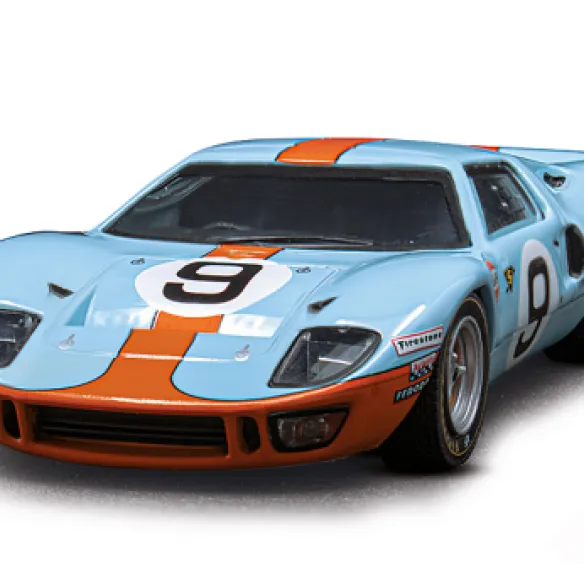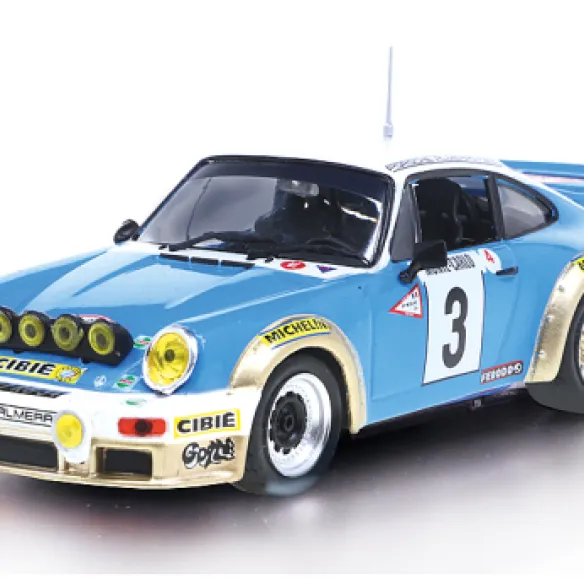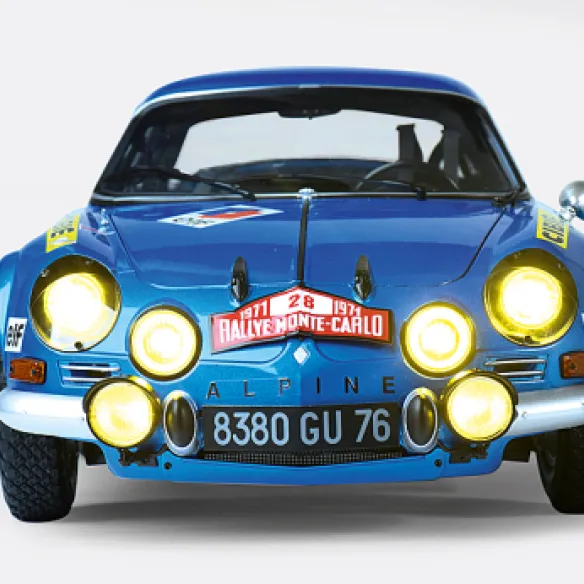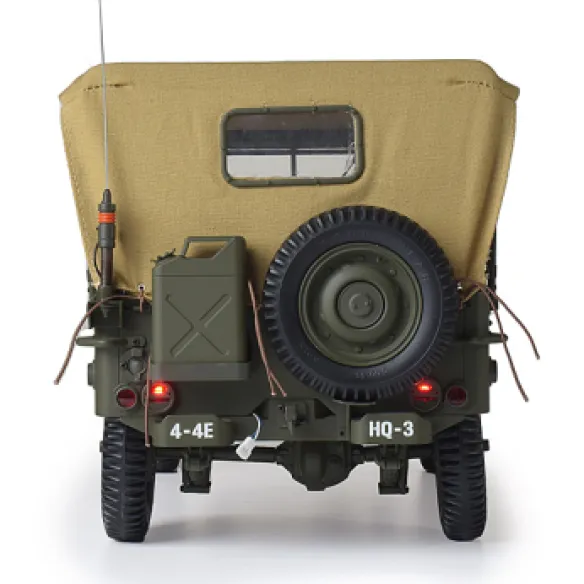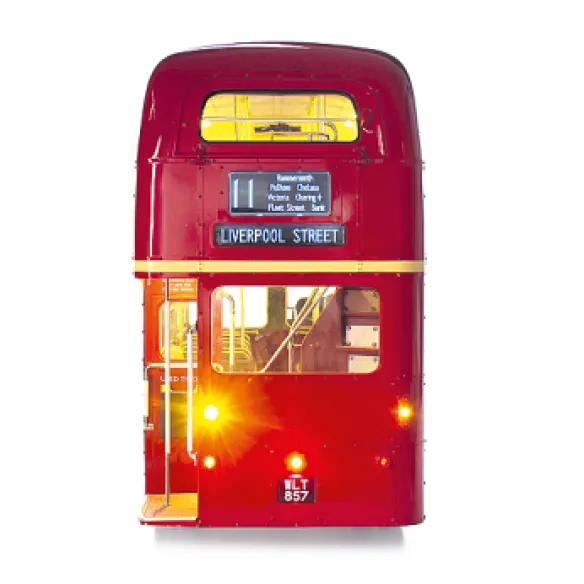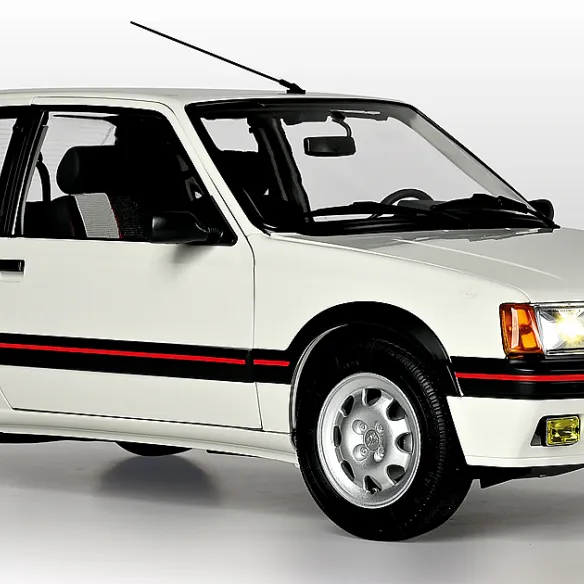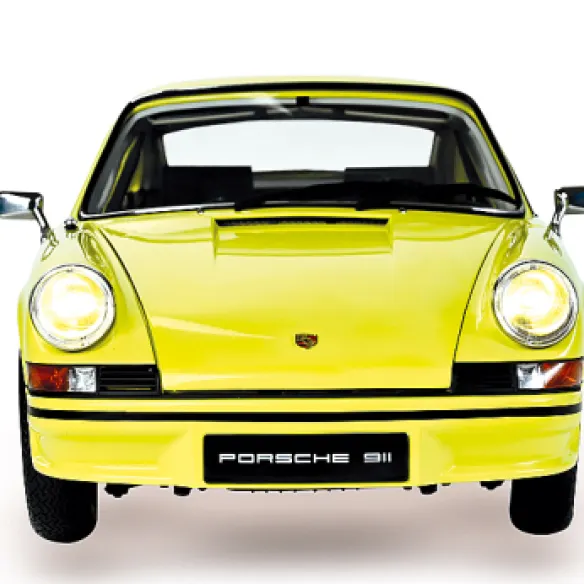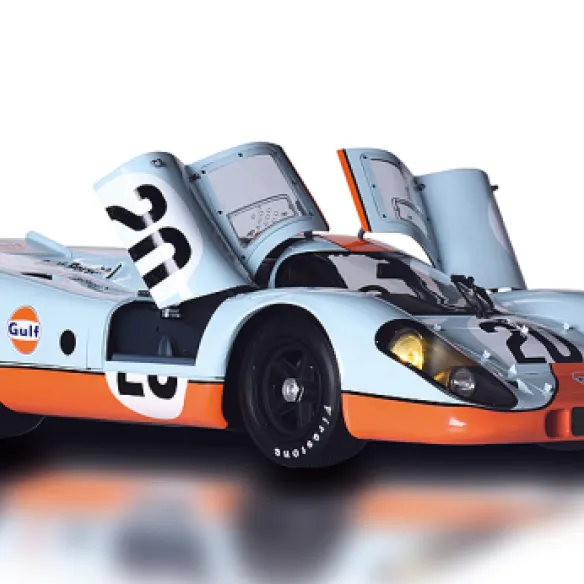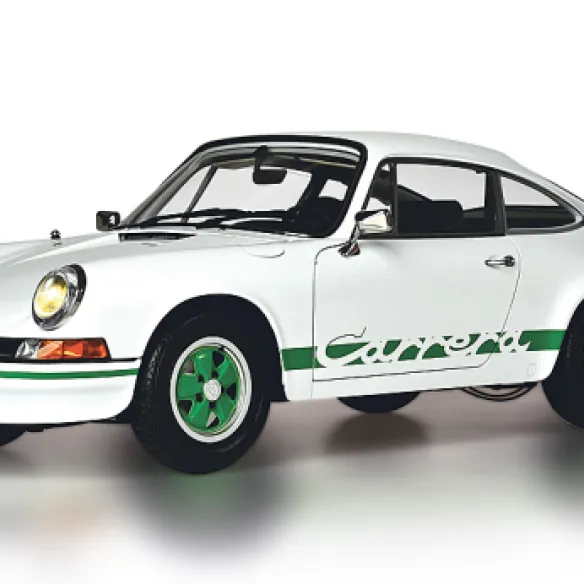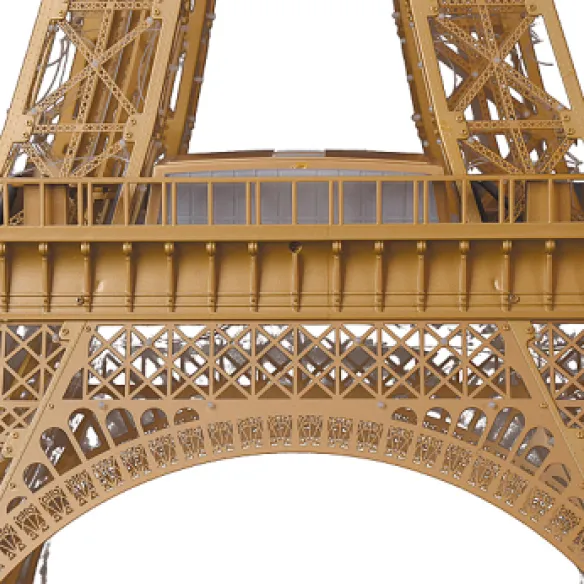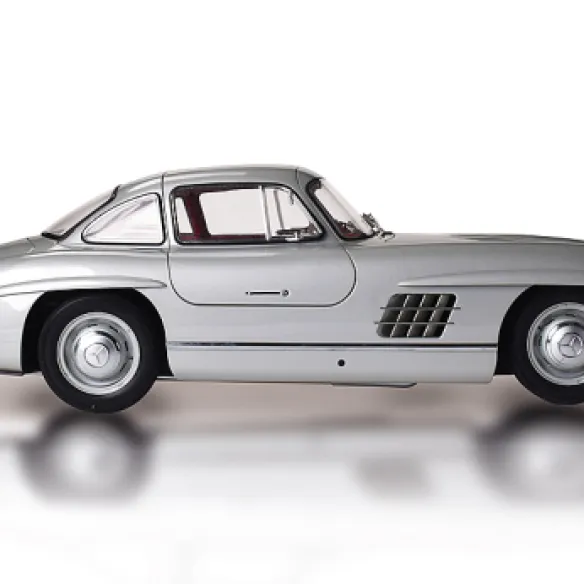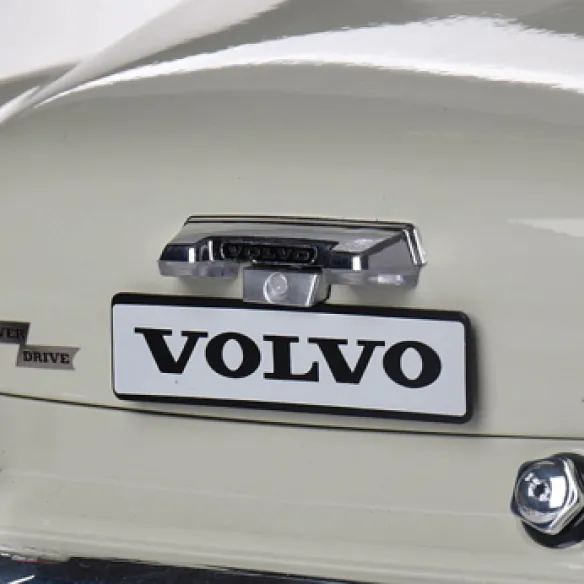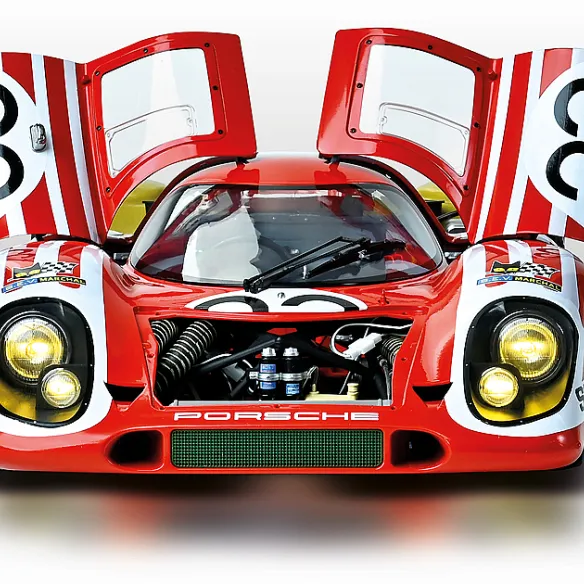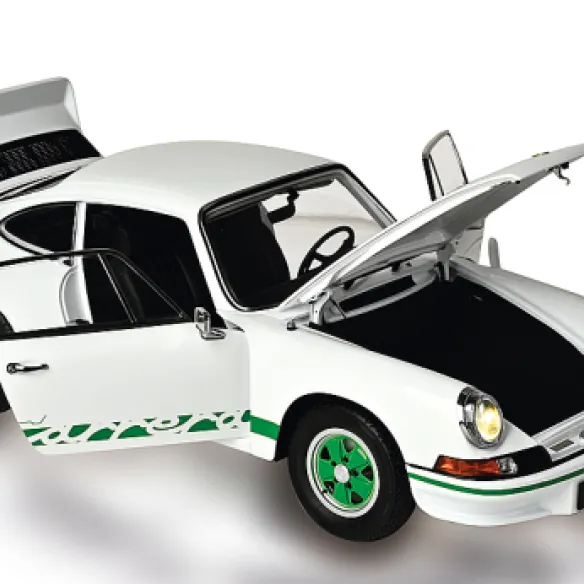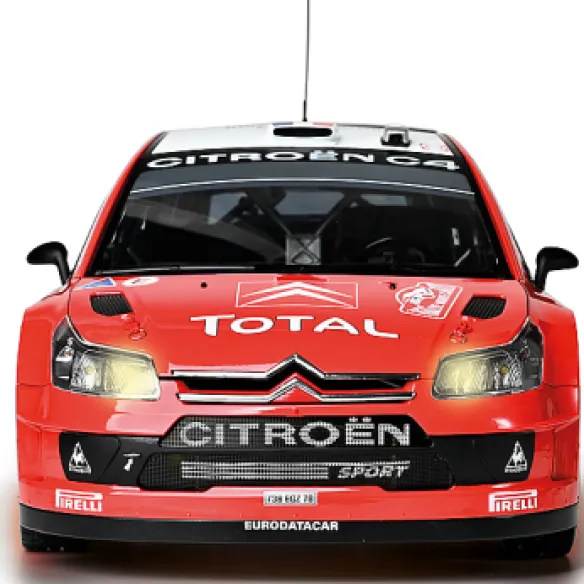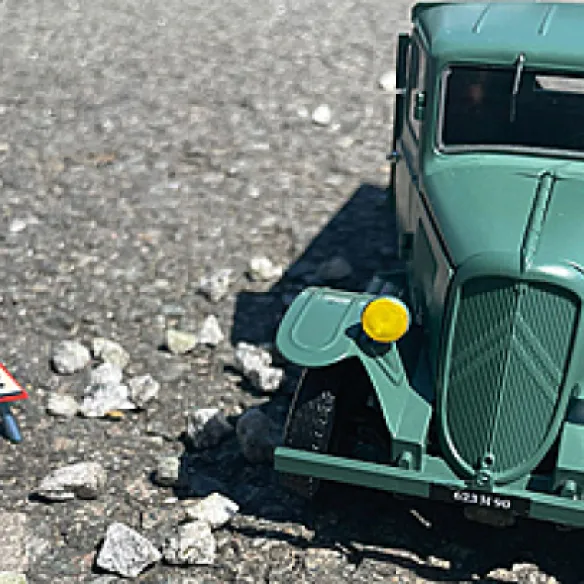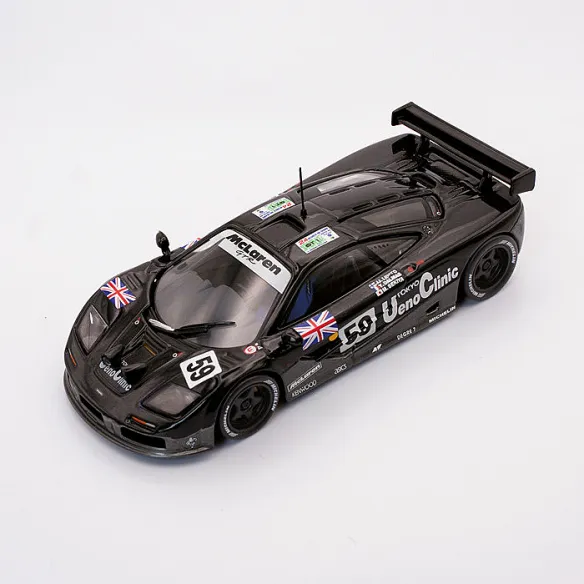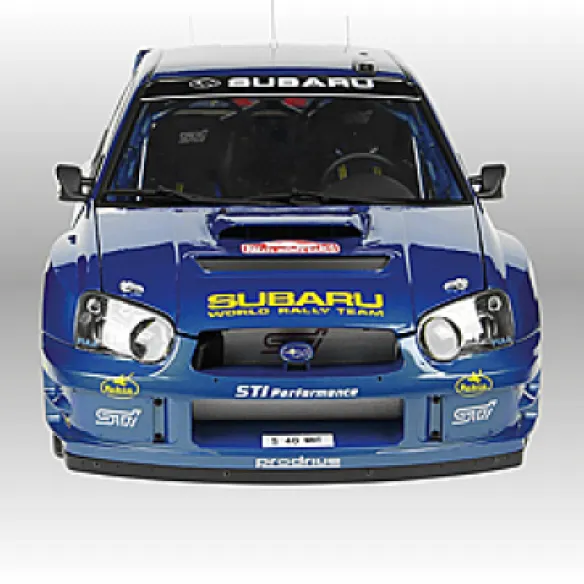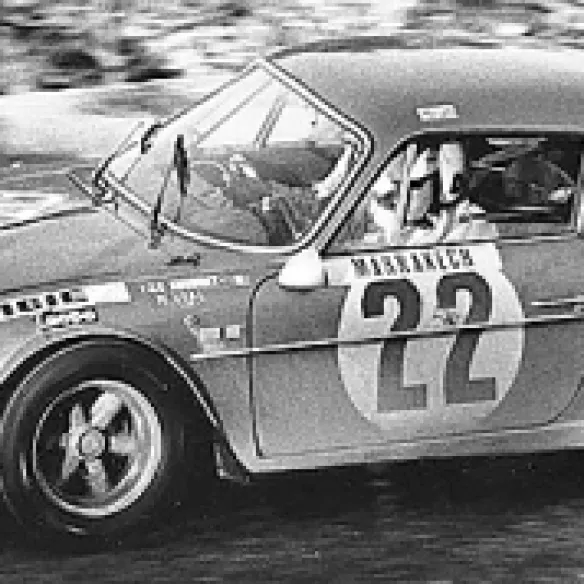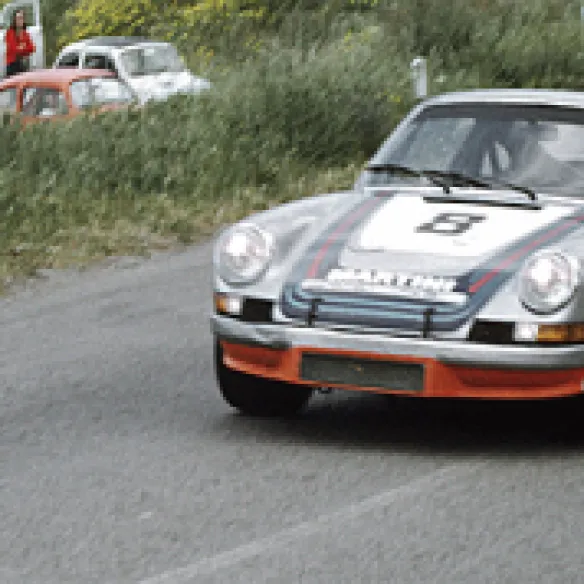
12/06/2023
Lancia Thema 8.32
A FERRARI V8 UNDERNEATH THE HOOD
Author : Rédaction : Albert Lallement
Read moreInstalled at the top of the Lancia range, the Thema 8.32 is a prestige saloon offering high performance and benefiting from a high level of finish, both from a mechanical point of view and from its particularly luxurious interior layout. This "four-door Ferrari", as it was sometimes nicknamed when it was released, is the heir to an alliance between Turin and Maranello dating back to the mid-1950s, when the Lancia Ferraris covered themselves in glory on the circuits.

The Thema 8.32 features a small, electrically-operated retractable rear spoiler in the boot lid, adding support at high speeds and eliminating downforce. © IXO Collections SAS - Tous droits réservés. Crédits photo © Lancia D.R.
The Lancia Thema, presented at the Paris Motor Show in October 1984, was the result of a fruitful collaboration between Fiat, Lancia, Saab and Alfa Romeo, known as the Tipo 4 Project. It was the first car to be built on this new platform. This industrial partnership resulted in the Fiat Croma and Saab 9000 in 1985, soon followed by the Alfa Romeo 164 in 1987. The Thema was the model that repositioned the Turin-based brand in the top-range saloon category.

The Speedline 15-inch alloy wheels are a nod to those fitted to the Ferraris of the 1980s. © IXO Collections SAS - Tous droits réservés. Crédits photo © Lancia D.R.
FLAGSHIP
The Thema was launched in 1979 and was to replace the Beta medium-term. Lancia called on the Turin-based Italdesign styling studio, headed by the talented designer Giorgio Giugiaro, the same person who had previously designed the Delta, to create the bodywork. The Thema stood out for its sober, classic and elegant lines. It was powered by a 2-litre, four-cylinder, 120 bhp fuel-injected en-gine, while its Turbo version producing 165 bhp, and a 2.8-litre, 150 bhp V6 PRV. The Thema's road-holding and handling were well suited to the power on offer. What's more, its front-wheel drive provid-ed a level of balance and safety that most rear-wheel drive models struggled to equal on wet roads. However, Lancia began to think that the brand's new flagship model may well be equipped with a more noble and more powerful engine.
For some years now, the Fiat Group, which bought the brand a few years ago, has wanted to position it in a top-of-the-range category. At the same time, Alfa Romeo, which became part of the Fiat Group in 1986, was to be given the sports car segment. This was not without confusion for the public, as Lancia evoked the image of competition, notably with the latest Delta S4 entered in Group B.

Seen from the front, only the small 8.32 emblem on the radiator grille distinguishes this Ferrari-engined version from all other Thema models. © IXO Collections SAS - Tous droits réservés. Crédits photo © © Lancia D.R.
A MECHANICAL JEWEL
In 1985, the idea of adding a Ferrari V8 to Lancia's new saloon car took shape. The idea was sug-gested by André Chardonnet, Lancia's importer in France, and at the Turin Motor Show in April 1986, the 8.32 model (for 8 cylinders and 32 valves) was added to the Thema range. Although Lancia and Ferrari were working together at the time, with Maranello's 2.6-litre V8 engine installed in the Lancia LC2 Sports Prototypes since 1983, Commendatore Enzo Ferrari categorically refused to allow this model to carry his name. In fact, neither the Ferrari name nor the emblematic 'Cavallino Rampante' appeared on the bodywork of the Thema 8.32. The initial plan was to use the Ferrari 3.2-litre V8 from the latest Ferrari 328, but this proved unsuitable for the Thema with its 270bhp front-wheel drive. In the end, the engine selected was that of the old 308 Quattrovalvole, which had been 'deflated' and modified by Lancia to give it more torque and make it less brutal, which was better suited to a vener-able and heavy road saloon than to the agile and light coupé from which it was derived. from. The Ferrari V8 engine was paired with the Thema Turbo IE's gearbox, which was redesigned to cope with maximum revs in excess of 7,000 rpm.Et de fait, ni le nom de Ferrari, ni l’emblématique «Cavallino Rampante» n’apparaissent sur la carrosserie de la Thema 8.32. Initialement, il est envisagé d’utiliser le V8 Ferrari 3,2 Litres de la dernière Ferrari 328, mais avec 270 ch, ce dernier s’avère inadapté pour la Thema et sa traction avant. Le moteur retenu est finalement celui de l’ancienne 308 Quattrovalvole qui a été «dégonflé» et modifié par Lancia pour lui donner plus de couple et le rendre moins brutal, ce qui convient mieux à une vénérable et lourde berline routière qu’au coupé agile et léger dont elle provient. Le moteur V8 Ferrari est associé à la boîte de vitesses de la Thema Turbo IE qui a été remaniée pour pouvoir supporter le régime maxi au-delà de 7 000 tr/mn.

The power of the 90° V8 from the Ferrari 308 Quattrovalvole was lowered to suit the front-wheel drive of the Lancia Thema.. © IXO Collections SAS - Tous droits réservés. Crédits photo © Lancia D.R.
LUXURIOUS CONSTRUCTION
The Lancia Thema 8.32, powered in this way, was destined to shake up the German-dominated hier-archy of powerful saloons, with only the BMW M5 now able to rival it. Particular care and attention was paid to the construction of this model. Each car was made-to-order, at a rate of 6 to 7 units a day, and each one tested on the road, like a Ferrari, before being delivered. Customers had the option of choosing the level of equipment and collecting their personalised car from the factory. The interior was of a very high standard, with Poltrona Frau leather and burr walnut finish. It was possible to fit in an electric sunroof, heated seats, telephone and even rear-seat television. The Series 2 presented in 1989 saw the engine power drop to 205 bhp with the fitting of a catalytic converter to meet the new anti-pollution standards. A new suspension system with electronically-controlled Boge shock absorbers improved the driving comfort and roadholding of this saloon.La série 2 présentée en 1989 voit la puissance du moteur descendre à 205 ch avec le montage d’un catalyseur permettant de répondre aux nouvelles normes anti-pollution. Par ailleurs une inédite suspension dotée d’amortisseurs à commande électronique Boge améliore le confort de conduite et la tenue de route de cette berline.
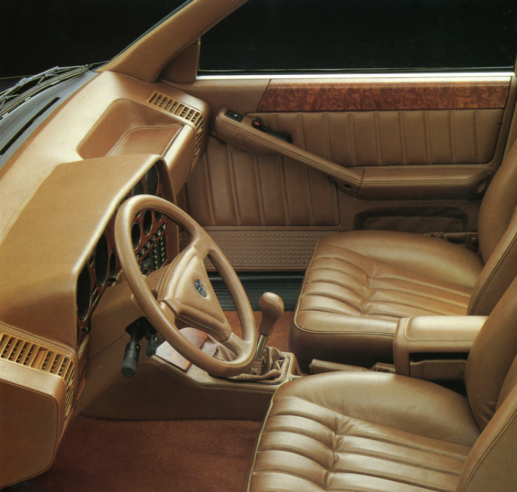
The interior of the Thema is particularly refined, and has nothing to envy of the high-class British saloons that set the benchmark in this field. © IXO Collections SAS - Tous droits réservés. Crédits photo © Lancia D.R.
Recent articles

06/05/2024
PORSCHE 935/78 « Moby Dick »
Trois ans d’évolution pour arriver à 850 ch de puissance
Read more
05/05/2024
PORSCHE 911 CARRERA 2.8 RSR
A SINGLE MOTTO : REDUCE WEIGHT AND GET MORE HORSEPOWER FROM THE ENGINE
Read more

01/05/2024
PORSCHE 917 kH
The most refined engine never created by porsche
Read more


 English
English français
français Deutsch
Deutsch español
español italiano
italiano português
português